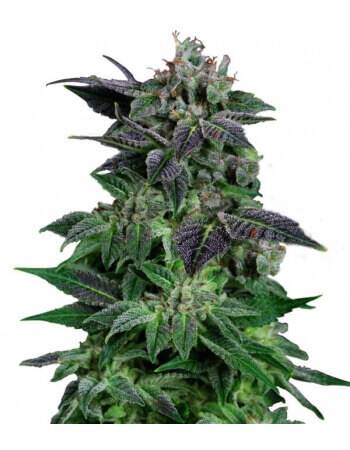Hemp and marijuana are really similar plants, because they belong to the same family (Cannabis Sativa), although differently crossed and selected; as a result, different vegetal vines appeared, with different factors although very similar: in fact, both species can be crossed. Marijuana is crossed and selected hemp, highly THC or tetrahydrocannabinol concentrated, that is, both plants belong to the same gender, although there are important differences on morphology and active principles.
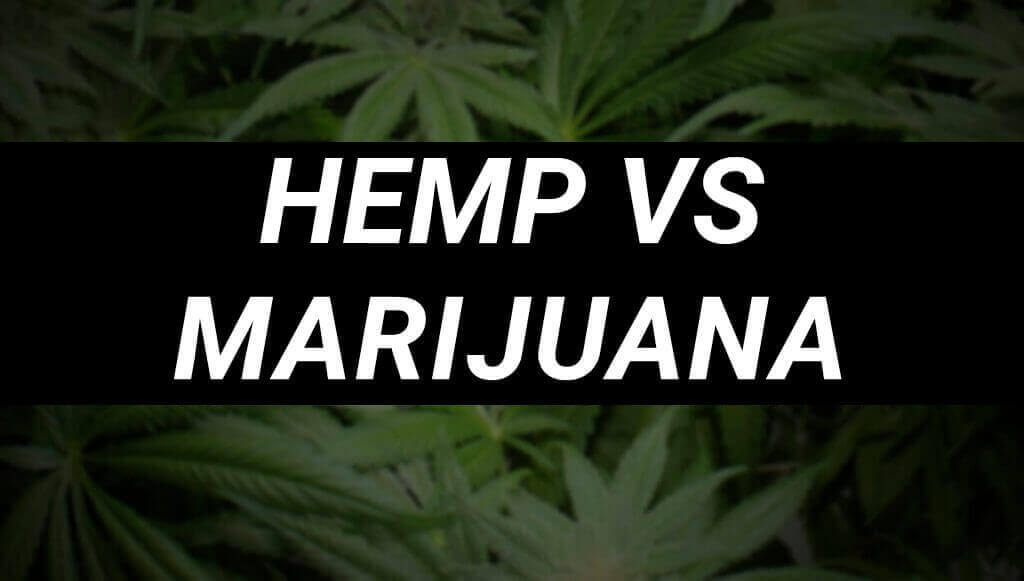
Main features
Through the centuries, these differences have been enhanced, differentiating the crop and usage of both plants. On the one hand, hemp is mainly used for industrial production of textiles, oil, cellulose or food, while marijuana is used for medical or relaxing purposes, gradually increasing its THC and CBD levels, improving its psychoactive and medical effects.
Marijuana
Marijuana is a cannabis genetic line with high levels of delta-9-tetrahydrocannabinol (THC), the main psychoactive constituent of the plant. Besides, it has strong flourishing, because psychoactive substances are concentrated in the flowers. About its physiognomy, marijuana is about three meters tall, but, generally, it features abundant branching and thick inflorescences.
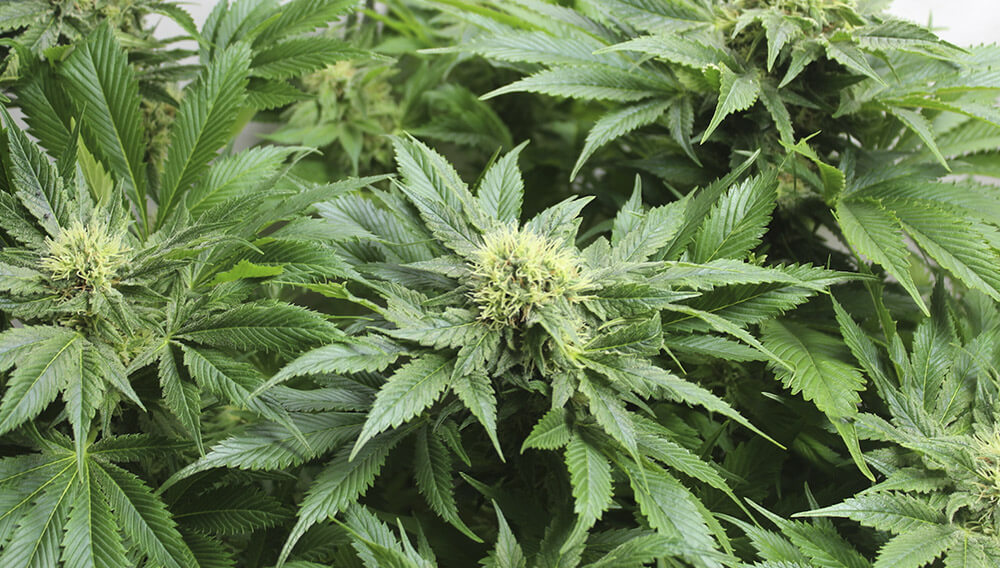
For this species, just female plants are used for crops, because they give the flowers, while the males provide the pollen to produce seeds. In fact, males must keep off the crops, because, otherwise, they would pollinate the females, wasting the crop. Besides, marijuana vines tend to be planted widely, between half a meter and two meters between plants, so the plant would have enough sun to develop and produce big, heavy flowers.
Auto Widow - Autoflowering Seed
| PACK | PRICE |
| 3 units | 7.26€ |
| 5 units | 9.68 € |
| 10 units | 16.94 € |
| 25 units | 36.3 € |
| 100 units | 129.47 € |
Hemp
Hemp is the generic name; scientifically, it is called Cannabis sativa. Hemp is not selected by the size of its flowers or THC levels, but high-crossing lines, with long intermodal spaces, few branches and scarcely woody interior. These characteristics are ideal for industrial hemp. These specific plants are about five meters tall and, differently to marijuana, hemp is planted almost without space among vines, providing thick, almost impenetrable crops, because the vines do not need wide spaces and abundant sun, since they do not have to produce any flowers.
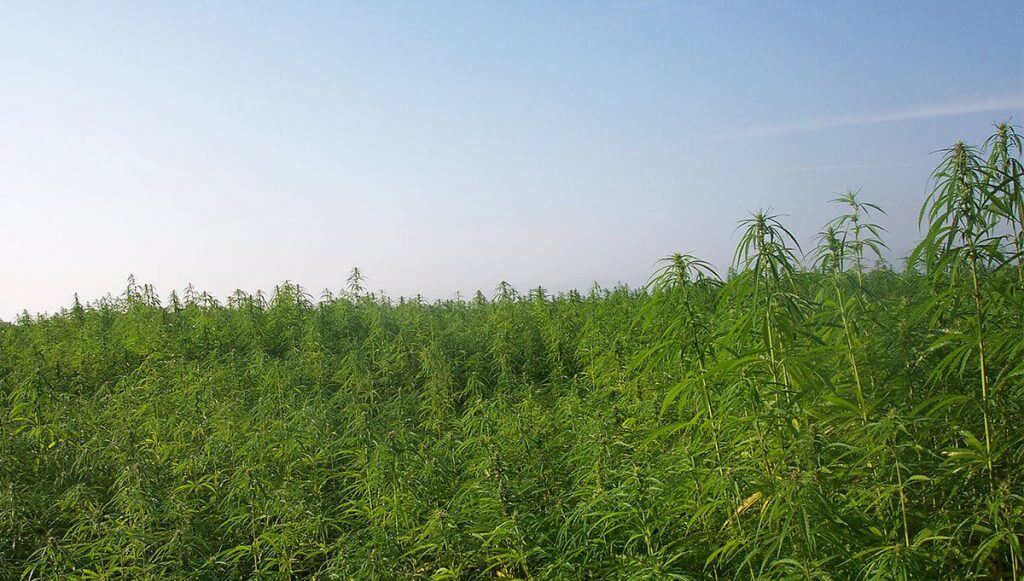
On the contrary, if hemp is planted for seed production, vine physiognomy will be more similar to marijuana, although taller and less branched. And hemp which is cropped for extracting oil, fibers and cellulose, tends to have thicker and woodier genetic lines, with a much more solid stem.
Hemp applications
Industrial hemp is skilful: biodiesel, clothing, furniture, ropes, oil, animal litters, heating biomass, shampoo, towels, soaps, plastic, isolating material, varnish, felts, paints, lubricants, fuel… All these products give us an idea of the immense possibilities this sativa cannabis species offers; besides, in many countries, mainly European, hemp high-standing derivatives are specifically produced under industrial terms.
Industrial Hemp
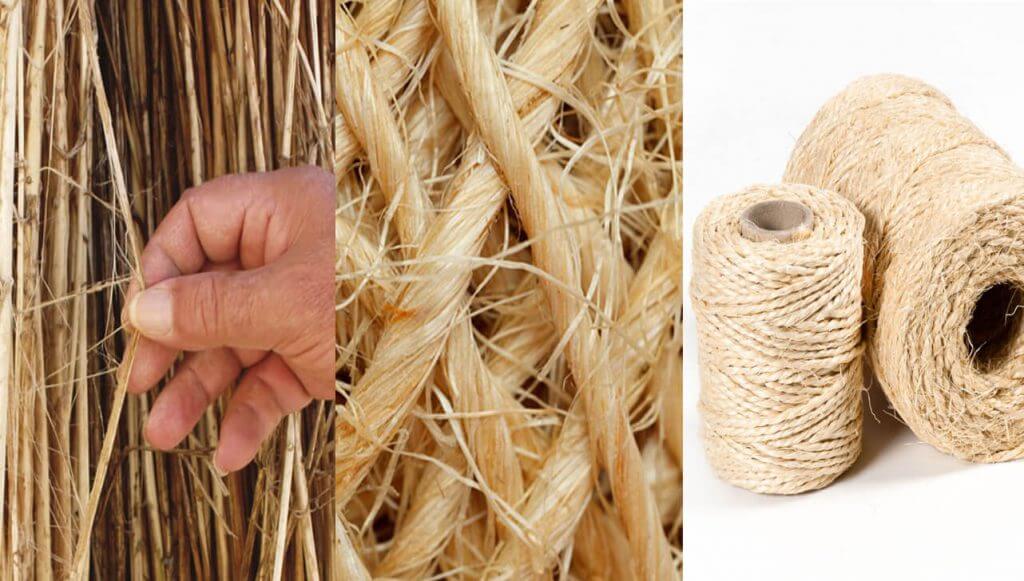
Back in the days, in Spain, industrial hemp growing, in agricultural production, almost went unnoticed; currently, it is beginning to make ground. Internationally, Spain is the sixteenth hemp producer; France has the biggest crop field, 11,450 Ha, followed by Lithuania, Italy, Holland and Croatia.
Lastly, hemp crop provides environmental benefits like its ideal rotation, soil protection against erosion, it substitutes wood, preserving deforestation, it has a good biological level and, this way, it does not require any chemical product, so it is an ideal plant for industrial production.
Medical and palliative marijuana
As previously mentioned in several posts on our blog, medical cannabis uses are multiple and varied. In 1961, marijuana was prohibited, so the study of its medical effects has been handicapped and chased worldwide; nevertheless, and luckily for many consumers, cannabis medical benefits have been proved, and studies in this regard are increasing.
Medical cannabis applications:
- Epileptic crisis
- Arthrosis
- Cancer
- Alzheimer
- Anxiety
- Glaucoma
- Multiple sclerosis
- Muscular spasms
- Intestine swellings
- Parkinson
- Posttraumatic stress
It has these palliative and beneficial effects, but their negative effects on cognitive functions, memory and psychiatric disorder have surpassed them.
Marijuana/Hemp Difference Table
As seen along this post, cannabis different usage has evolved to many crossings, designed to various purposes; depending on the goal, the result is a species with different physiognomic characteristics: consequently, there is industrial sativa cannabis (hemp), without any psychoactive effects, and medical sativa cannabis (marijuana), with psychotropic effects.
| Marijuana | Hemp |
| Psychotropic effects | No psychotropic effects |
| Reduced height, 1-3 m | Notable height, 2-5 m/span> |
| Medical or relaxing purposes | Industrial purposes |
| Spaced crops | Thick crops< |
| Reduced intermodal spaces | Long intermodal spaces |
| Illegal and chased in many countries | Legal |
Legal situation of weed Vs. hemp
Generally, marijuana is a prohibited, chased substance because of its psychotropic effects, while hemp tends to be legal, since it does not have any psychoactive effects. Nevertheless, in many EU countries the growers are obliged to obtain a special license if they want to plant hemp for industrial purposes, while, in other countries, they just have to notify it to local authorities and government departments. Besides, EU states that certified seeds have to be planted, up to 0.3% THC level – industrial hemp growing is allowed up to 0.3% THC level.
In EU, medical marijuana is illegal, although its consumption is legal in some countries, supervised by the country.

